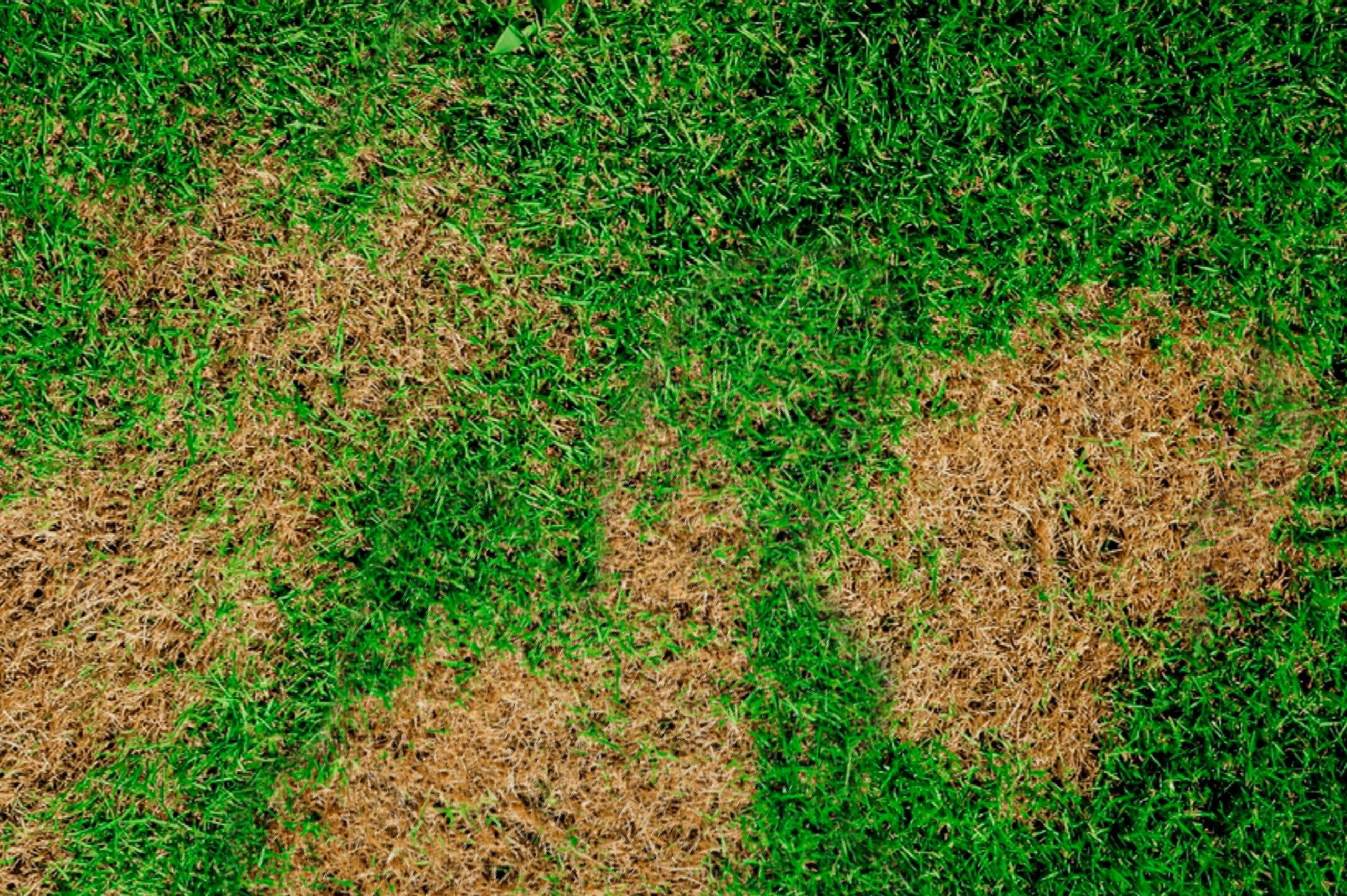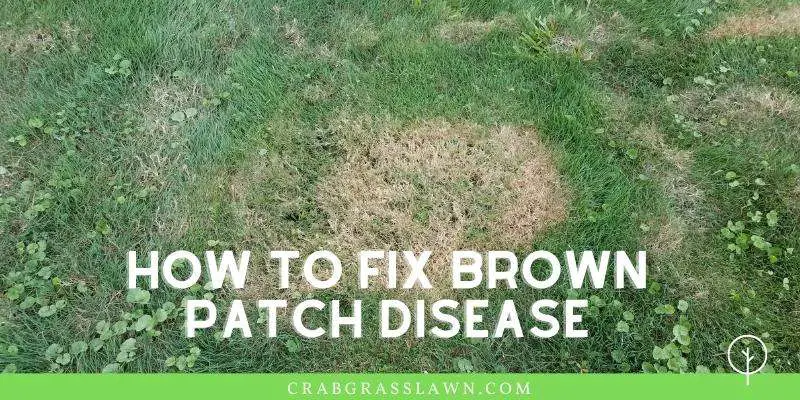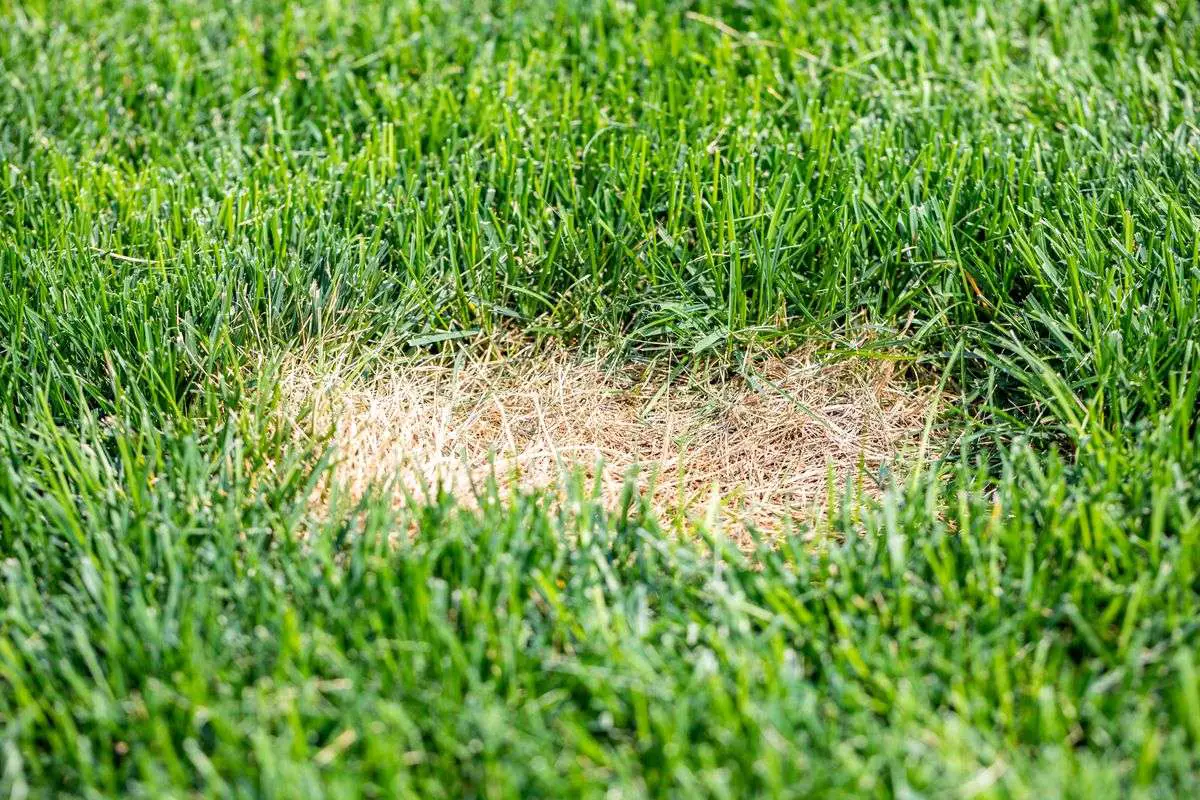Identify Pest Problems Correctly
- Inspect your lawn often to detect pests and other problems early.
- Plant damage may not be caused by pests. Plants can be injured by poor growing conditions, poor maintenance practices, or environmental problems .
- You need to identify the pest to look up information that will help you decide how to control the pest and to prevent further problems. See Pest control tips for information about specific insect pests.
- Beneficial insects may be mistaken for pests. For example, ants are sometimes considered pests because they make visible mounds on lawns. But they do not attack the grass.
- In a healthy lawn, beneficial insects can keep pest insects in check. For more information on beneficial insects, see Understanding your lawn’s lifecycle.
- If you are having trouble, your local garden centre may be able to help you in identifying a pest, and there are many good sources of information on the Internet or in reference books.
How To Get Rid Of Grass Fungus
Have you been finding it hard to stop those ugly, brown patches from ruining your beautiful lawn? This may be due to the growth of grass fungus and you are right to feel concerned.
Grass fungus is one of the biggest nightmares of every lawn owner. It can rapidly undo all the hard work and time you have spent creating the perfect lawn.
Once grass fungus infestation sets in, it quickly spread and can be quite difficult to control. For that reason, I have put together this guide to show you how to get rid of grass fungus and prevent it from re-emerging.
Our Experts Maintain And Protect Your Company Lawn
We know that managing a lawn can be tough â and preventing and treating lawn disease is even tougher.
At Earth Development, our team of landscapers understand exactly how to treat all lawn types, and keep your property looking fantastic all year round.
To find out more or for a free quote, call the Earth Development team today at 475-2807.
Read Also: How To Clean A Toro Lawn Mower
Apply Fungicide If Needed
To control lawn diseases such as brown patch and dollar spot – or help prevent them if you have had disease problems in previous years – apply a fungicide made for lawns. Scotts® DiseaseEx Lawn Fungicide provides broad spectrum disease prevention and control. You can apply any time on all lawn types. Just be sure to follow the directions on the label.
How To Prevent Red Thread Disease

The main reason for the red thread in the lawn is unhealthy lawn due to low nitrogen levels or heavy watering. So to prevent red thread in your lawn, you need to maintain your lawn and its nutrients level properly and to properly water the lawn, so your lawn doesnt have excess water in the soil. Lets discuss all the things that you need to do to prevent red thread in your lawn.
- Fertilization fertilization is the key to stop red thread in your lawn as the main reason for the red thread in the lawn is low nitrogen and low nutrients levels. Apply a slow-release fertilizer every six months to your lawn to keep the nitrogen and nutrients level balanced and your lawn healthy.
- Proper Watering to prevent red thread proper watering is very necessary because red thread loves to grow on a wet lawn. Try to water your lawn early in the morning so that the soil can soak up all the water and then the sun can evaporate all the excess water from the lawn. Water deeply and infrequently to make your grass drought resistant and healthy.
- Mowing mowing your lawn properly and with sharp blades is very crucial as bad mowing with a blunt blade can cause the grass to attract fungus. Make a mowing schedule and mow your lawn according to that schedule. Keep in mind to never mow more than 1/3rd of the grass or the grass can stress or die.
Also Check: Lawn Rolling Good Or Bad
Common Lawn Fungal Diseases
There are quite a few fungal diseases that can impact lawns, but theyre usually pretty specialized, targeting specific lawn types, at certain times of year, under certain conditions. For example:
- Brown patch strikes during hot, humid weather.
- Fusarium blight prefers hot, drought conditions.
- Dollar spot tends to spring up when nights are cool and dew is heavy.
Before treating your lawn, its important to identify not only whether your lawn indeed has a fungal disease, but to identify the fungus itself. All fungicides arent the same, and some diseases can be easily treated by making changes in your lawn care.
Knowing your grass type and recent weather conditions can make it easier to narrow down, but you may need help in figuring out exactly whats going on. Your local cooperative extension center is your best resource for determining which diseases are most common in your area, or you can take a small baggie of the infected grass to your local garden center for help.
How To Identify Brown Patch
If your lawn has begun to yellow rapidly, take a closer look at the size and shape of the affected areas. With brown patch, they are likely to be roughly circular, though a bit irregular. Patch sizes can range from a few inches to several feet in diameter. If brown patch has been active for a while, the spots might also look like patches of good grass with rings of dead or thin grass around them.
Besides yellow, do you notice any other colors in the patchy areas? Brown patch patches can be darker purple or burgundy on the outside, for example. Other signs include irregular tan spots bordered by a darker outline on grass blades, brown and shriveled blades, rotting at the base of the blades, darker blades that look water-soaked, and possibly white, cobweb-like growth around the blades .
Read Also: Simple Lawn Solutions Aerator Instructions
How To Treat Your Yard For Lawn Fungus
Once you have determined what type of fungus or disease is present, its time to treat. Its best to treat a diseased lawn as soon as you spot the problem, as some diseases can spread and kill the whole lawn.
The type of disease or fungus you have will determine the best treatment option. In some cases, the issue is weather or seasonally dependent and will clear up on its own once the weather changes. Other problems need immediate mitigation, such as fairy ring, powdery mildew, or smut, as they can kill the plants or cause permanent damage to the lawn.
To treat your issues, first identify whether it can be eradicated via changing your practices. Powdery mildew, for example, may be able to be taken care of by rinsing the plants and getting rid of leaves or any other nearby debris that is causing it to spread. Avoiding overwatering, letting the grass grow a bit longer between mowing and not over fertilizing can also help clear up the problem.
Some homeowners prefer to try to treat lawn diseases organically, rather than using fungicide. If your areas of fungus are small, using treatments like neem oil, cornmeal or baking soda solutions can be effective. Before you opt for an organic approach, though, do your research and be aware of the potential drawbacks. In some cases, using home remedies can only make the problem worse, or introduce new, unexpected issues.
How Much Does Lawn Fungus Control Cost
Due to the need for specialty products, lawn fungus control costs more than your typical lawn care treatmentsmore specifically, about one and a half times what a normal lawn treatment would cost. For instance, if you typically pay $50 for a fertilization and weed control treatment, a fungicide treatment may come in around $75. This obviously changes based on the size of your lawn.
Because a lawn fungus problem can become costly after several repeated applications, your best course of action is to focus on prevention.
Don’t Miss: Where To Take Old Lawn Mower
How To Control Summer Patch
If you determine your lawn is infected with summer patch, you will want to treat it right away. Because summer patch is such a destructive disease, you will need to apply a systemic control thats both curative and preventive, like Scotts® DiseaseEX Lawn Fungicide. This product starts working in 24 hours and lasts up to 4 weeks, and should be applied at the first sign of disease. If youve had problems with summer patch in the past, help prevent it from coming back by applying when conditions are favorable for the disease but before it appears, typically in spring. Be sure to follow label directions.
How Effective Are Fungicide Treatments
There is no permanent cure for lawn diseases, but some can be controlled or prevented by modern fungicides. In most lawn environments, good horticultural practices can prevent severe fungal attack or long-term problems. Making sure there is sufficient light and airflow across the lawn, reducing thatch levels and reducing compaction will all increase the overall health of the lawn and reduce the risk of diseases developing.
Sports turf and intensively managed grass areas may require a regular fungicide programme to prevent disease outbreak. There are not many products available commercially for the average consumer so you may need to get a gardener or lawn care company involved.
However, considering that many of these diseases will grow out, and given the difficulty of being able to control the environmental conditions that encourage disease flare ups, we wouldnt advise immediately reaching for chemical treatments and instead look at any lawn issues that can be addressed instead.
Read Also: Scotts Summerguard Burned Lawn
Causes Of Lawn Fungal Disease
Lawns are full of fungal spores that are usually harmless, although certain conditions can cause them to germinate and lead to the harmful diseases mentioned above.There are several causes of lawn fungus, most commonly:
- Underwatering
- Weather conditions
Whilst some of these are uncontrollable factors – the unpredictable British weather for example – keeping an eye on how much or how little you are watering your turf and mowing to appropriate heights are both aspects of lawncare that you can control.
Why Does My Lawn Have Brown Or Discolored Patches Of Grass

You put hours into your lawn, doing everything you were told to do to make the grass green and lush. Youve aerated, fed, watered, and mowed, and everything looked great until suddenly, it didnt. Almost overnight, there are patches of dead grass. Or maybe some spots are an unusual color, or just look off somehow. Whatever the issue, its unsightly, and it looks to be spreading.
Oftentimes, when a lawn develops problems like dead or discolored areas, the culprit is disease or lawn fungus. But before you give up and decide to just replace your lawn with artificial turf, you should know that your grass can be saved. By correctly identifying the problem, and applying the proper treatment, you can eradicate the disease and go back to enjoying a yard full of healthy grass.
You May Like: Trugreen Cost Lawn Care
What Is A Home Remedy To Get Rid Of Moles In Your Yard
For a homemade remedy, mix three parts castor oil and one part dish soap. Add four tablespoons of the mixture to a gallon of water. Soak the tunnels and entrances to evict the moles and soak the holes to evict gophers. Castor oil is one of the most effective home remedies to get rid of these animals.
Does Red Thread Kill Grass
No, red thread doesnt kill the grass. While the affected area may look like the grass is dying or died due to the disease but the red thread doesnt kill the grass. The fungus which causes the disease doesnt affect the roots of the grass, which means the patches you are looking at can grow back themselves as the plant is alive.
Don’t Miss: How To Get Lines In Lawn
Treat Brown Patch Fungus
While many lawns can recover from brown patch without fungicide applications, brown patch disease treatment might be necessary. This is especially true if you tend to see the fungus over and over again or have a yard that is conducive to the conditions the disease likes, such as one with poor air circulation. If you have a lawn that gets a lot of shade during the day and only a bit of sun at night, you may also find this is a place where brown patch can regularly erupt.And, lets face it, Central and Southern Maryland summers are known to be hot and humid. As such, 80 percent of lawns here experience some kind of lawn disease. If youve tried good lawn care and still have issues or notice you have an annual brown patch problem, consider lawn disease control. Fungicide treatments are an addition to your current lawn care program. They are most effective when done in a minimum of two treatments, but preferably three to four, through the growing season when you first see the disease. Preventive fungicide applications are the best way to treat brown patch fungus, which means catching it and attacking it early.
Lawn Fungus Treatment How To Get Rid Of Fungi In My Garden
Posted on 15.10.2020
So you’ve spent time and money on buying and laying your new turf and other bits to make your garden the envy of all your friends and now disaster has struck – you have found mushrooms growing amongst your beautiful lawn!
Fungi are one of the most active of all micro-organisms found in turf and can have a positive effect on your lawn as they supply it with nutrients that are important for growth and wellbeing. Whilst it is not a good idea to try and remove all traces of fungus from your turf, you need to be able to identify and manage them as they can lead to diseases such as red thread, fusarium patch and rust disease.
Don’t Miss: Murry Lawn Mower Parts Diagram
How To Identify Grass Fungus On Your Lawn
How Do I Get Rid Of Root Rot
Prevention is key with root rot. You must only water the plant then the soil is completely dry to prevent over-watering. This can be checked by sticking your finger an inch down into the soil if its dry, it can be watered.
A soil with a good drainage system is also important to prevent root rot, so no old water is left to linger by the roots.
Root rot can be found by the appearance of yellow leaves and discoloration in the stem. You should lift the plant out of the soil to inspect the roots brown and mushy roots will be a sign of rot.
Cut these diseased roots from the plant to prevent the rot from spreading. Then, cut an equal amount of leaves off the plant according to how many roots you cut. This is because fewer roots will have less power to feed the plant.
After this, prepare new soil in a new or clean pot. Pot the plant into its new home. Make sure to dispose of the rotted roots properly to prevent spreading of disease. If the plant is completely riddled in root rot, there is no saving it, and you will have to dispose of it.
Read Also: How To Get Lines In Your Lawn
How To Spot Fungal Diseases In Your Lawn
From highly-obvious spots, rings, threads to dead-looking patches brown patches, fungal diseases can take many forms. Examine your grass for signs of dampness, squishy roots and stems or fine white threads in your soil.
Others signs your lawn may have a fungal disease include:
- A wet-looking, slimy or greasy-looking lawn
- Patches or rings, usually white, yellow, or brown, that grow in diameter.
- Discolouration, frayed or distorted-looking blades of grass.
- Spots on the stems or blades of your lawn, often gray, black, red or orange.
- Powdery or threadlike coatings around and on grass blades
Fact: Mowing your grass too low can encourage fungal diseases.
How Do I Identify Necrotic Ring Spot

As with many brown patch lawn diseases, it can be difficult for home and business owners to diagnose Necrotic Ring Spot on their own as it resembles several other grass diseases. Misdiagnosed, its very possible for the fungal disease to spread, undetected under the soil, and return with a vengeance the following year or even just a few months later.
If you notice a brown patch on your lawn during cool, wet months, theres a chance it could be a lawn disease. Necrotic Ring Spot is characterized by circles of dead or dying grass that start off small and continue to grow .
Late spring and early fall tend to be Necrotic Ring Spots most prolific time of growth and spread. Look for clusters of brown, dying grass and collapse of the entire blade. If you pull a blade from the soil, its roots may be dark brown or black due to the present fungi.
Often, though not always, as a necrotic ring spot expands, grass in the center of the circle will slowly begin to regrow leaving just the outer-edge brown. This ring effect is where NRS gets its name.
Read Also: Recover Outdoor Chairs
